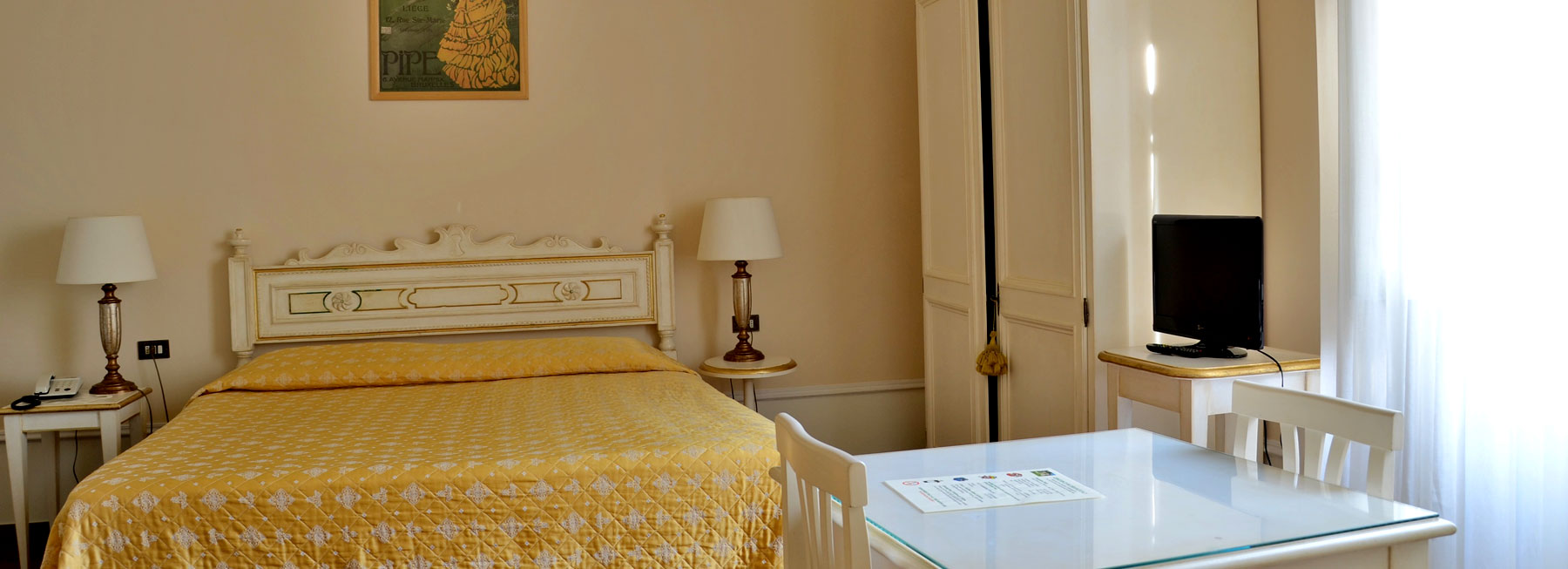Pitti Palace

In the second half of the 15th century, Filippo Brunelleschi was summoned by the banker Luca Bonaccorso Pitti to design Pitti Palace but Brunelleschi's plan did not start until after his death some 10 years later.
The palace is situated in the first great piazza that the Florentines call "Diladdarno" or "beyond the Arno" at the foot of Boboli garden. The Palace has a long history of various works and extensions, which lasted throughout four centuries. The present version of Palazzo Pitti is larger than its original smaller body dimensions, which consisted of two floors, covered with rustic stone ashlars. The Doric, Ionic and Corinthian orders all helped to enrich this architectural Renaissance style of austere and balance.
In 1550, the Palazzo was purchased by Cosimo of the Medici family to make it the family's new residence, and in 1558 he commissioned Bartolomeo Ammannati to do work on some refining aspects which also included the addition of large windows to the facade and the creation of the courtyard.
The creation and construction of the Great Boboli Garden, which was named like the homonymous hill, was commissioned out to Niccolò Tribolo. The additional corridor for the family, which was used to walk from the Palazzo to the Piazza Signoria away from the dangers of an attack, was built in 1565 by Vasari. In 1618, under the direction of Giulio da Paragi, work was continued. The Palazzo was extended with an addition of two other buildings with two floors each. The Palazzo's present length is due to the adjustments done by Alfonso da Parigi in 1640.
The halls of entertainment in the summertime residence on the ground floor were decorated during the period of the Grand Duke Ferdinando II. Also for the event of his wedding to Vittoria della Rovere, which was to take place in his winter residence, the first floor was also decorated.
Great artists such as Giovanni da Sangiovanni and Pietro da Cortona were summoned to render the palace breathtakingly royal with their extraordinary works.
At the end of the 18th century, the final addition of the Palazzina della Meridiana, requested by Pietro Leopoldi, was made to the building, done in neo-classical style by Gaspare Maria Paoletti and Pasquale Poccianti.
Through time, Palazzo Pitti has assumed different functions. Today it is the seat of important museums with expositions of Silver, Chinaware, Costumes, Carriages, a Modern Art Gallery and the Boboli Garden, and it is possible to visit the splendour of a long ago epoch which has managed to stay alive through history for us to admire today.









